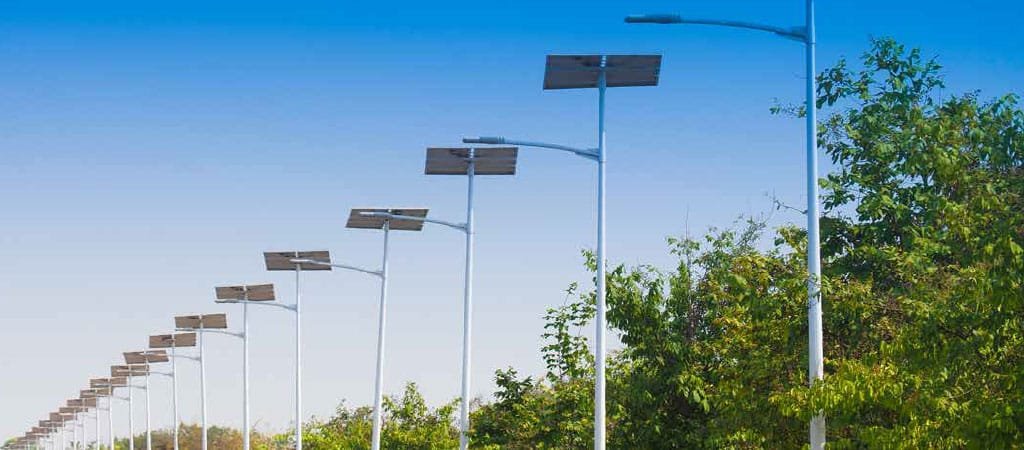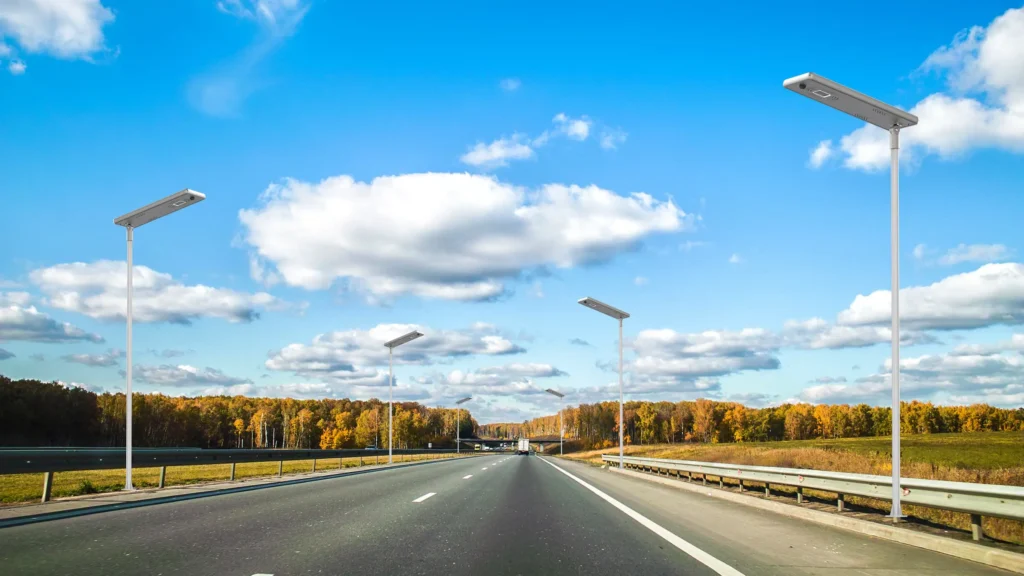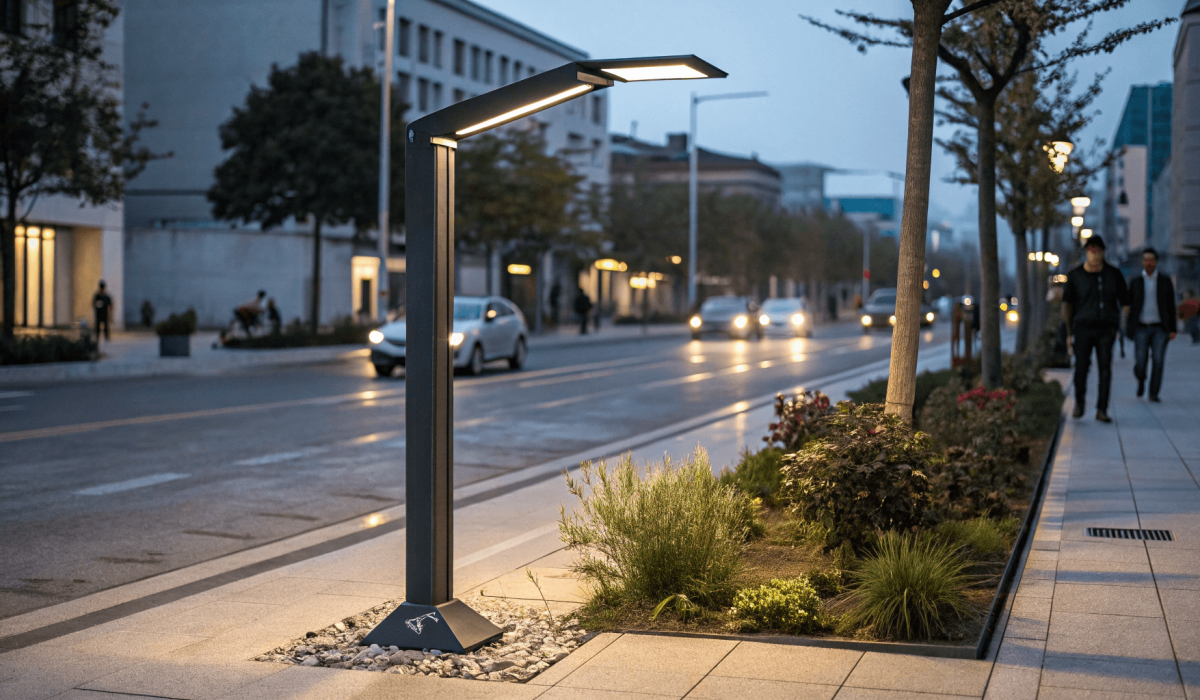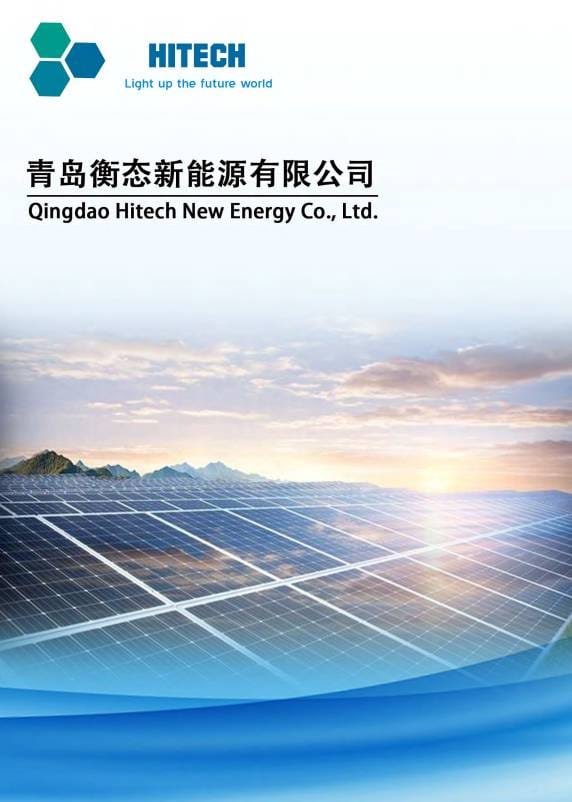Flickering lights at dusk used to be the norm. Today, smart solar street lights detect motion, forecast weather, and adjust brightness—automatically. These innovations are transforming how we light streets across Africa.
Fifteen years ago, we relied on basic dusk-to-dawn timers. But too many complaints about dimming, early shutoffs, and high maintenance costs pushed us toward something smarter.
Now, with real-time diagnostics and adaptive lighting, smart solar lights have become essential for both urban and rural infrastructure. In this guide, I’ll explain what makes a solar light “smart,” and how we've applied AI and sensor technology to solve real-world lighting challenges across Africa.
1. What Defines a Smart Solar Light?
Smart solar lights are lighting systems powered by solar energy that incorporate sensors, AI algorithms, and remote connectivity to optimize brightness, energy use, and maintenance.
In our early deployments across Uganda and Ghana, solar lights were “set it and forget it” units. But those rigid schedules didn’t match how people use space. Smart systems changed everything.
Unlike traditional models, smart solar lights actively respond to changing environmental inputs—motion, ambient light, temperature, and battery health. They send alerts, log data, and adjust output in real-time without manual intervention.
Key Capabilities of Smart Solar Lights:
| Feature | Benefit |
|---|---|
| Motion sensors | Light when and where it’s needed |
| AI algorithms | Learn and adapt to local usage patterns |
| IoT connectivity | Remote monitoring and scheduling |
| Energy optimization | Maximize battery life and system uptime |
2. Core Technologies: AI, IoT, and Sensor Integration
What changed solar lighting forever was the introduction of artificial intelligence, IoT modules, and smart sensors.
When we first tested AI-based logic in a 300-unit Togo rollout, system uptime improved dramatically. The lights could detect low solar input, reduce brightness accordingly, and avoid battery depletion.
AI Capabilities in Practice
- Predictive dimming: Lights automatically reduce brightness during extended cloudy weather to conserve battery.
- Anomaly detection: AI flags underperforming panels before complete failure.
- Pattern recognition: Lights adjust based on foot traffic, not fixed timers.
IoT: Taking Control from Anywhere
In Uganda, our NB-IoT enabled systems reduced technician dispatches by 80%. Instead of pole-by-pole inspections, everything is tracked via cloud dashboards:
- Battery voltage
- Charging status
- Motion history
- Firmware updates
Integrated Sensor Types
| Sensor Type | Functionality |
|---|---|
| PIR motion sensor | Triggers brightness when movement detected |
| Ambient light | Adjusts output to compensate for conditions |
| Thermal sensor | Protects batteries from overheating |
3. Adaptive Brightness Control Based on Real-Time Conditions
Flickering at dusk used to signal trouble. Now, smart solar lights respond to light levels and weather automatically—no more complaints or manual tweaks.

In the past, our control logic was simple: 100% brightness until 10pm, 50% until dawn. But people don’t follow clock-based patterns—and neither should lighting.
In recent deployments, we’ve implemented:
- Brightness scaling based on weather forecasts
- Night length adaptation using seasonal data
- Localized profiles for high-traffic zones vs. low-traffic areas
In our Ghana project, this led to a 25% increase in nightly battery availability—even during monsoon weeks.
Benefits of Adaptive Control
| Input Factor | Adaptive Response |
|---|---|
| Shorter daylight | Reduced night-time brightness |
| Heavy traffic | Boosted intensity |
| Cold batteries | Lower output to preserve health |
4. Motion Detection for Enhanced Efficiency and Safety
Leaving street lights on all night wastes power—and invites failures. Motion-activated lights only operate when needed.
We introduced motion control in a roadside project in Malawi. Previously, lights ran all night—even on empty rural roads. With motion sensors, lights now stay at 20% brightness and spike to 100% only when a pedestrian or vehicle approaches.
Real-World Results:
- Energy savings: Up to 60%
- Longer battery life: Less deep discharging
- Improved visibility: High-intensity lighting only when needed
- Reduced light pollution: Better for nearby homes
Motion sensing also improves perceived security. When a light turns on as you approach, it feels safer—something that matters in public parks, residential blocks, and footpaths.
5. Remote Monitoring and Predictive Maintenance
Smart solar lights don’t just run—they report. And that changes everything for project teams and municipal authorities.

Instead of waiting for failure, IoT-enabled systems deliver live diagnostics. In a Sudan pilot site, we received alerts about panel dust buildup—days before lighting performance dropped. That saved a costly service trip and prevented outages.
What You Can Monitor Remotely:
- Battery voltage and state of charge
- Solar panel charging rate
- Real-time energy consumption
- Device health and historical trends
Predictive Maintenance at Scale
When anomalies are detected (e.g., a panel generating 30% less than nearby units), the system flags it automatically. Teams can preemptively clean, rewire, or replace components—reducing downtime and repair costs.
IoT-Enabled Features:
| Feature | Benefit |
|---|---|
| Live alerts | Fix issues before they escalate |
| Cloud dashboards | Visualize and export system data |
| Schedule updates | Adjust runtime profiles in seconds |
| Remote firmware push | Add features or fixes without site visit |
Conclusion: Smart Solar Lighting Is Infrastructure That Thinks
From dusty roadside units to AI-driven, sensor-integrated lighting systems—smart solar lights are no longer futuristic. They're already improving cities and villages across Africa.
As someone who’s deployed systems in 12+ countries, I can say this with confidence:
A light that adapts to people, weather, and energy conditions isn’t just smarter—it’s more durable, cost-effective, and scalable.
If you're planning a project—be it municipal, NGO-funded, or private—don't settle for static lighting. Make it smart.
Related Reading
- All-in-One vs. Split Solar Street Lights: Which Is Right for You?
- Choosing the Right Battery for Solar Lighting Projects
- Solar Street Light Failures and How to Avoid Them
FAQ: Smart Solar Lights
Q1: What defines a solar light as “smart”?
Smart lights integrate sensors, AI, and connectivity to automatically manage brightness, track energy, and send alerts.
Q2: Can smart solar lights work during cloudy weather?
Yes. Adaptive dimming and weather forecasting help conserve energy and avoid outages even in poor conditions.
Q3: Are they suitable for off-grid or rural areas?
Absolutely. Their autonomy, low maintenance, and remote monitoring make them perfect for off-grid use.
Q4: What’s the average lifespan of a smart solar light system?
With LiFePO₄ batteries and quality components, systems last 8–10 years.
Q5: Do I need internet to use these features?
Not always. Some systems use NB-IoT or GSM for connectivity—even in remote zones with limited broadband.


